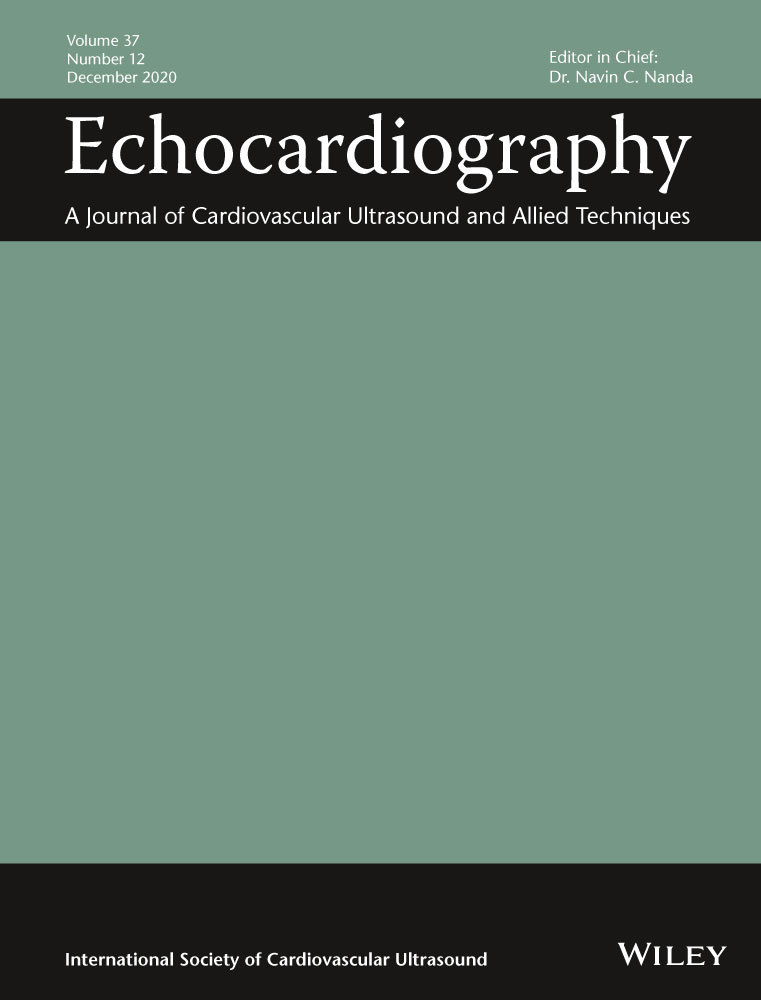Echocardiographic strain analysis reflects impaired ventricular function in youth with pediatric-onset systemic lupus erythematosus
Funding information
This work was supported by the Lupus Foundation of America Gary S. Gilkeson Career Development Award (JCC), the National Institutes of Health F32-HL142176 (JCC), and by Grant Number UL1TR001878 from the National Center for Advancing Translational Sciences, NIH. Support for LMR from NIH K01-HL125521 and PHA supplement to K01-HL125521 (LMR). The content is solely the responsibility of the authors and does not necessarily represent the official views of the LFA or the NIH.
Abstract
Background
Strain analysis with speckle-tracking echocardiography shows promise as a screening tool for silent myocardial dysfunction in pediatric-onset systemic lupus erythematosus (pSLE). We compared left ventricular (LV) systolic deformation (measured by strain) in children and adolescents with pSLE to controls, and assessed the relationship between strain, disease activity, and other noninvasive measures of cardiovascular health.
Methods
Twenty pSLE subjects ages 9–21 underwent comprehensive cardiovascular testing, including 2D speckle-tracking echocardiography, ambulatory blood pressure monitoring (ABPM), peripheral endothelial function testing, pulse wave velocity and analysis, and carotid ultrasound. Longitudinal apical-4 chamber (LSA4C) and midpoint circumferential strain (CSmid) were compared to that of 70 healthy controls using multivariable linear regression. Among pSLE subjects, Pearson correlation coefficients were calculated to evaluate relationships between global longitudinal or circumferential strain and other measures of cardiovascular health.
Results
Average SLE disease duration was 3.2 years (standard deviation [SD] 2.1). 2/20 pSLE subjects had persistent disease activity, and only one met criteria for hypertension by ABPM. LSA4C was significantly reduced in pSLE subjects compared to controls (mean −18.3 [SD 3.2] vs −21.8% [SD 2.2], P-value <.001). There was no significant difference in CSmid (−24.8 [SD 3.7] vs −25.7% [SD 3.4], P = .29). Among pSLE subjects, decreased nocturnal blood pressure dipping on ABPM was associated with reduced global circumferential strain (r −0.59, P = .01).
Conclusions
Longitudinal myocardial deformation is impaired in pSLE patients despite clinical remission and may represent early myocardial damage. Strain analysis should be considered in addition to standard echocardiographic assessment during follow-up of patients with pSLE.
CONFLICT OF INTEREST
JC reports grant funding from GlaxoSmithKline for research outside of this work. The remaining authors declare they have no conflicts of interest.
Open Research
DATA AVAILABILITY STATEMENT
The data that support the findings of this study are available on request from the corresponding author. The data are not publicly available due to privacy or ethical restrictions.




